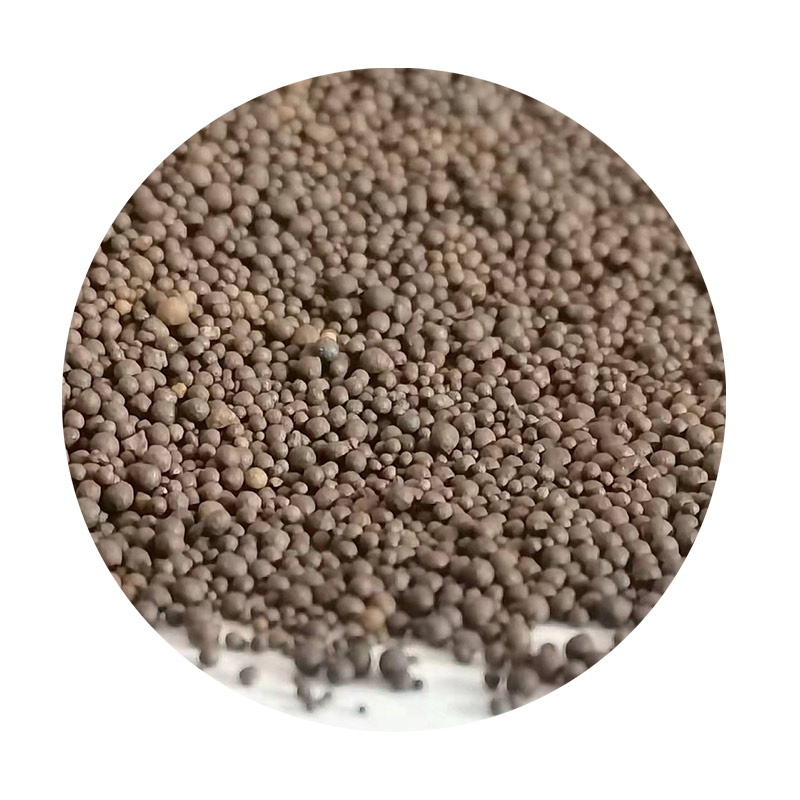

The effectiveness of casting sand is also heavily influenced by the binder system used. Binders such as clay (in green sand casting), chemical binders (in no-bake sand casting), and organic binders (in cold setting) play a crucial role in determining the mold's strength and the surface finish of the cast. Greener solutions are also on the rise, with water glass and biodegradable binders becoming popular choices due to their reduced environmental impact. Expertise in selecting and managing the appropriate binder is essential to achieving the desired casting properties while aligning with environmental and safety standards. Quality control methods, such as permeability testing, strength testing, and thermal analysis, ensure that each batch of sand meets the required standards for casting. Adopting advanced testing techniques can enhance these traditional methods. For example, computer simulations allow for precise modeling of sand behavior during the casting process, predicting potential issues and enabling preemptive modifications. Staying abreast of technological advancements in simulation tools and testing equipment can equip casting professionals with a competitive edge in producing defect-free castings efficiently. Casting sand's influence extends into aspects of sustainability and cost-effectiveness, marking it as a cornerstone of innovation in metal casting. By prioritizing the responsible use of resources and the adoption of novel technologies, casting experts contribute not only to their companies' success but also to the advancement of industry standards globally. Trust in the quality and integrity of these processes is what ultimately sets apart a reputable manufacturer in a competitive market. Finally, ongoing education and training in casting sand technology can provide professionals with the insights needed to enhance their craft. Partnering with academic institutions, attending industry conferences, and engaging with professional networks fosters an environment of continuous learning. This dedication to expanding knowledge underpins the trust and authority that experts wield in the field of metal casting, ensuring that their insights guide future innovations and improvements in casting sand applications. Post time:Urt . 28, 2025 00:44
Next:Resin coated ceramic sand
